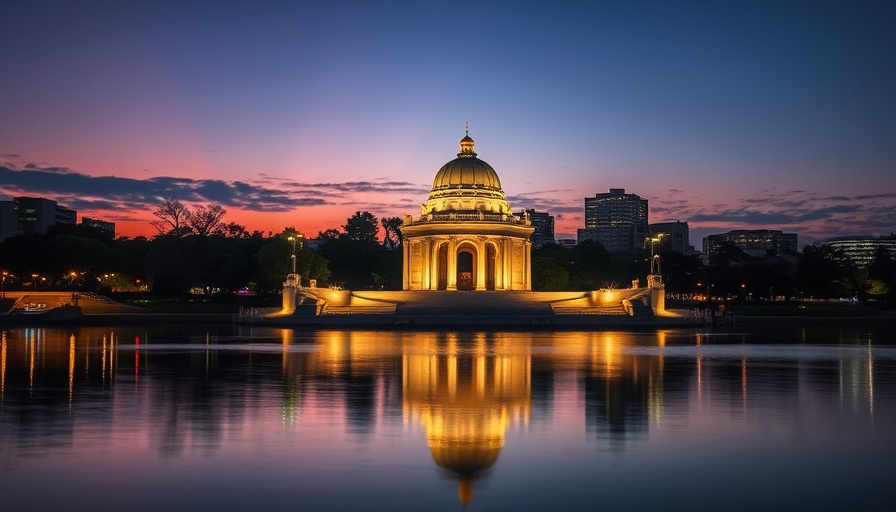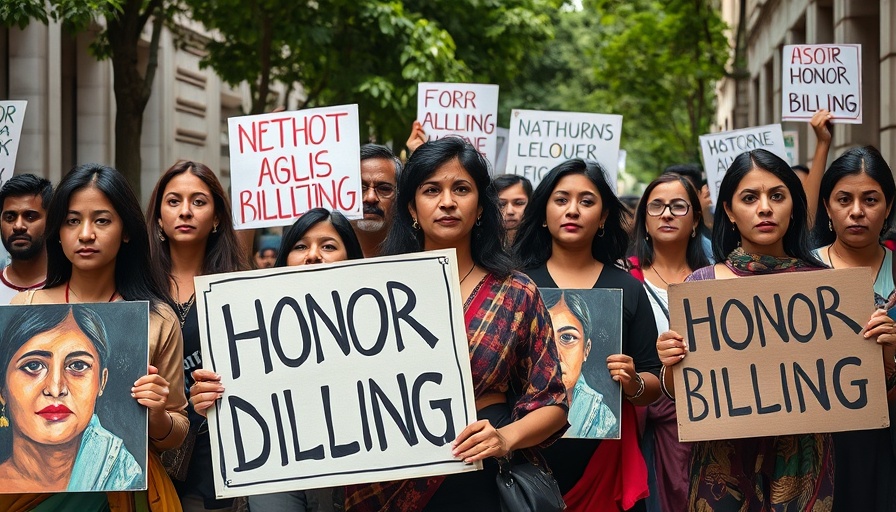
Hiroshima: From Atomic Horror to a Symbol of Pacifism
On August 6, 1945, the city of Hiroshima bore witness to one of the most catastrophic events in human history, as the United States dropped an atomic bomb, claiming approximately 140,000 lives by year-end. Over the decades, Hiroshima transformed from a scene of devastation to a stronghold for peace advocacy. The city's story is now interwoven with global nuclear disarmament efforts and pacifism. But as the 80th anniversary of the bombing approaches, a troubling shift is emerging within the Japanese psyche, prompting many to question the efficacy and relevance of mere peaceful advocacy.
The Pacifist Legacy: A Cultural Foundation
In the aftermath of the bombing, many survivors carved a path of forgiveness and reconciliation, embracing pacifism as an integral part of their identity. The Hiroshima Peace Memorial Park, the Peace Boulevard, and the iconic Children’s Peace Monument symbolize the deep-rooted aspiration for a non-violent world. Generations of Japanese have dedicated themselves to the cause of peace, tying it to their painful past and advocating for nuclear disarmament on a global scale. This commitment is echoed through the ritual of folding origami cranes at sites of remembrance, initially inspired by Sadako Sasaki—an innocent child who succumbed to radiation-induced illness while attempting to fold a thousand cranes to wish for peace.
Shifting Perspectives: The Emergence of Pragmatism
However, recent sentiments reflect a notable transformation in the collective mindset. As the realities of modern geopolitics stretch out, some citizens express skepticism toward the notion that peace alone can serve as a viable response to international threats. The backdrop of increasing tensions on the Korean Peninsula and the intimidating military activities of global powers pose grim reminders of vulnerabilities. As one local resident noted, “Peace for peace’s sake is no longer enough when we consider the realities of today’s world.” This pragmatic viewpoint poses challenges against the traditionally idealistic peace messages that once permeated consciousness.
Counterarguments: Voices from the Younger Generations
The discontent surrounding Hiroshima’s pacifist legacy predominantly emerges from the younger generation, who often feel disconnected from the historical significance. Many young people express that the idea of promoting peace often lacks tangible solutions to contemporary threats. They advocate for a more proactive approach, merging the essence of pacifism with active political engagement. As one university student argued, “While we must learn from history, we also need to pave the way for future protections. Sometimes that demanding pragmatism can feel more effective.” It highlights a critical juncture in how Hiroshima's history is perceived and utilized moving forward.
Future Predictions: A World Beyond Hiroshima
As we navigate the complexities of the current global landscape, the legacy of Hiroshima can serve as a double-edged sword. On one hand, the powerful narrative of resilience and forgiveness might guide future generations towards a harmonious coexistence. On the other hand, a growing skepticism regarding passive peace-keeping may lead to the emergence of more assertive diplomacy. Policymakers and civic leaders must thus strike a balance, maintaining Hiroshima’s foundational ethos while adapting to modern realities that prioritize coercive defense strategies.
Seeking New Solutions: Actionable Insights for the Future
This period of cultural introspection presents an essential opportunity. In a world increasingly marked by conflict and military tension, Hiroshima’s story must evolve. Engaging local educators, artists, and activists in modern discussions about peace can revitalize these dialogues, integrating historical awareness with contemporary strategies. Public demonstrations, art installations, and global forums can serve as platforms for generating actionable insights, fostering a renewed commitment that resonates with a younger audience.
Conclusion: The Imperative of Reflection and Action
As Hiroshima approaches its 80th anniversary, the legacy of its pacifist ideals is under scrutiny yet again. With younger generations questioning the effectiveness of passive peace advocacy, society faces the pivotal task of re-evaluating its approach. The core lesson remains that peace is not merely an ideal to be honored but a dynamic journey requiring active engagement. Only by embracing both the historical lessons and pragmatic strategies can Hiroshima continue to inspire a world that yearns for sustained peace amidst the complexities of modern warfare.
 Add Row
Add Row  Add
Add 




Write A Comment